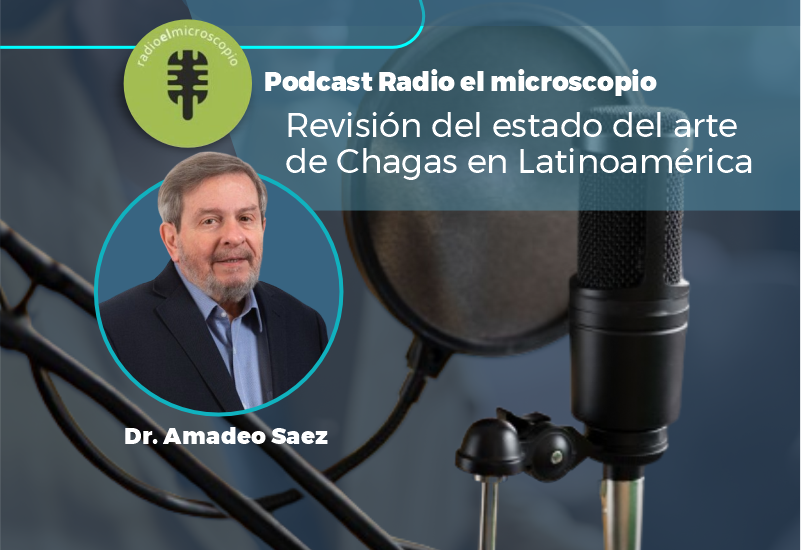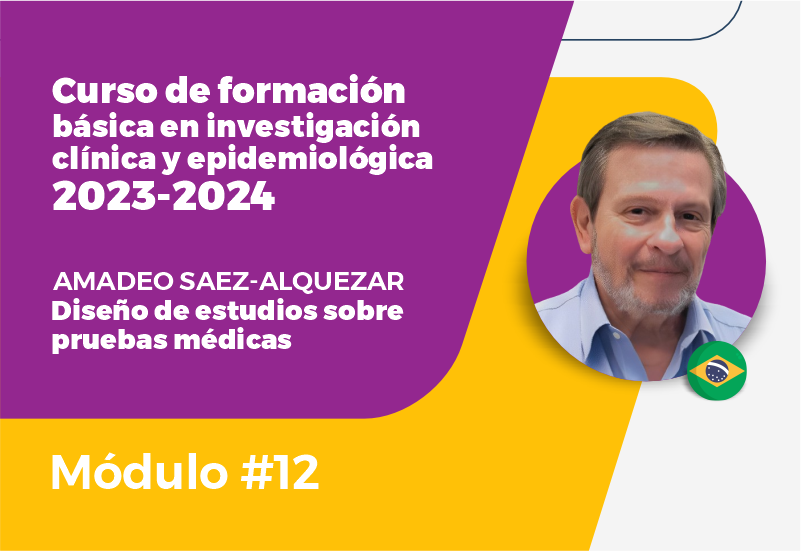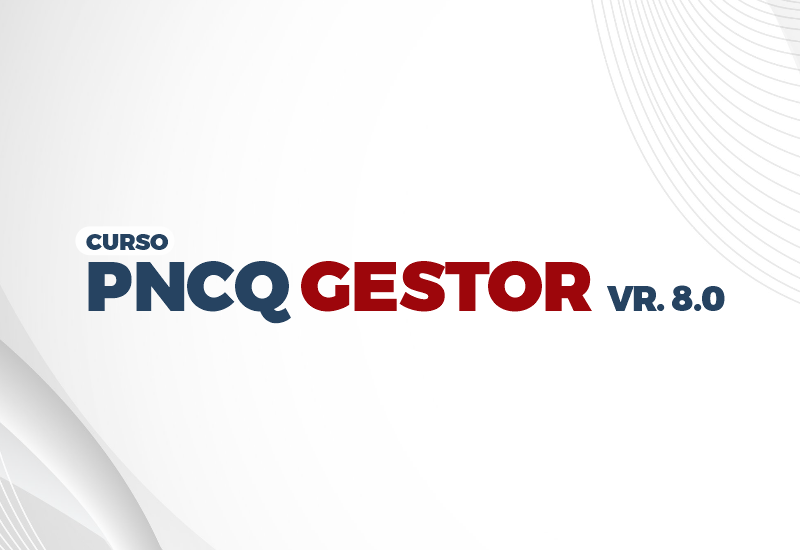DOES THE TROPONIN HIGH-SENSITIVITY TEST LEAD TO EXCESS OF INFARCTION DIAGNOSES?
Batya Swift Yasgur
April 11, 2019
Researchers conclude, from a new study, that using the high-sensitivity cardiac troponin 1 test (hs-cTnI) to diagnose acute myocardial infarction (AMI) may lead to overdiagnosis, resulting in inadequate treatments.
A team of British researchers studied 20,000 consecutive patients, hospitalized or not, who underwent blood tests for any clinical reason at University Hospital Southampton, and found that 1 in 20 had a troponin level greater than the upper limit of normal (ULN) recommended by the manufacturer.
The majority of patients, however, were not being treated because of cardiac conditions and had no clinical signs or symptoms of AMI.
“The study showed that 39% of all ICU patients, 14% of all inpatients and 6% of all emergency room patients had troponin concentrations above the level that indicates AMI”, the first researcher, Dr. Nick Curzen, Ph.D., professor of interventional cardiology and cardiologist at University Hospital Southampton in the United Kingdom, told Medscape.
“The test is excellent for discarding AMI in patients seen in the emergency room, however, these data suggest that it is not a good way to diagnose AMI in inpatients unless they have a classic presentation of AMI”, he said.
The study was published online on March 13, in the British Medical Journal.
Overdiagnosis and inadequate treatments
“The use of increasingly sensitive troponin tests to exclude or diagnose acute myocardial infarction has become universal” and the “gold standard biomarker”, wrote the authors.
Elevated cardiac troponin concentrations, especially in patients who do not have a typical history of cardiac pain, may be caused by myocardial injury or AMI type 2, but “are not well recognized when troponin dosage is requested or the result is interpreted”.
In addition, the authors continued, the 99% percentile of ULN is “generally applied as a binary limit for ‘discarding’ or ‘excluding’ acute myocardial infarction”, with the assumption that a concentration greater than the recommended limit implies in AMI.
Misinterpretation of troponin results may therefore lead to “inadequate treatment” and overly aggressive therapy.
“I became increasingly frustrated with the fact that patients were referred with ‘high’ levels of hs-cTnI, but in whom I felt the clinical suspicion of myocardial infarction was low”, said Dr. Nick.
“Therefore, I wanted to find out what was the actual distribution of the hs-cTnI test in a large inpatient population, regardless of the underlying condition, to know the 99th percentile of the hospital group, compared to the 99th percentile of the ULN provided by the manufacturer“, he said.
Access the paper (in English) here.










